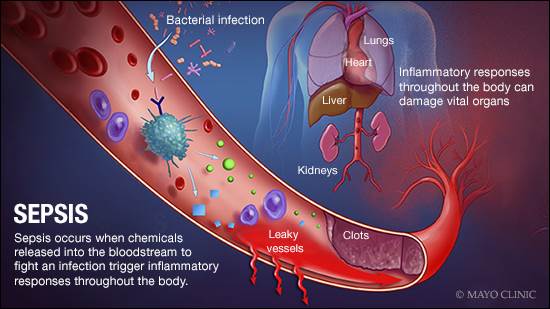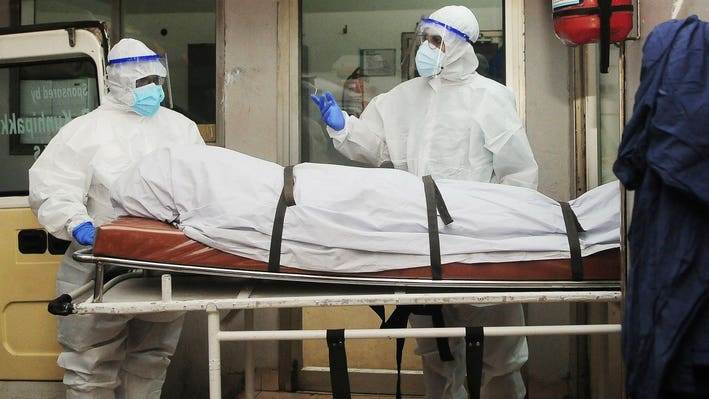
Septic shock is a severe and life-threatening condition resulting from a critical infection that overwhelms the body’s immune system, leading to a dangerous drop in blood pressure and organ failure. Despite its grim prognosis, medical advancements have made it possible for many to survive septic shock, though not without potential consequences. One such consequence is the need for potent medications that, while saving lives, can also cause significant side effects, including necrosis of extremities.
Here's an overview of how this condition is managed and the impact it can have on a patient’s recovery.

Understanding Septic Shock
Septic shock occurs when an infection in the body leads to a severe drop in blood pressure, causing organs to fail. The infection triggers a widespread inflammatory response that can result in multiple organ dysfunction. This condition is often caused by bacteria, but viruses, fungi, and other pathogens can also be responsible.
The low blood pressure associated with septic shock is primarily due to the dilation of blood vessels, which reduces the effectiveness of the heart in circulating blood throughout the body.
The article is not finished. Click on the next page to continue.
The article is not finished. Click on the next page to continue.
Next page


















